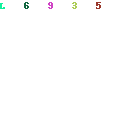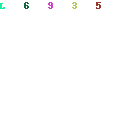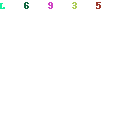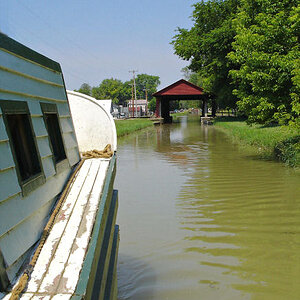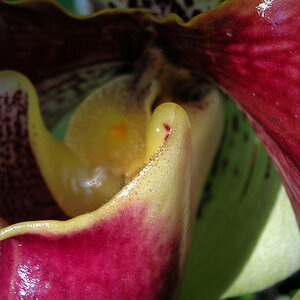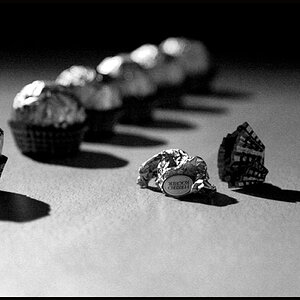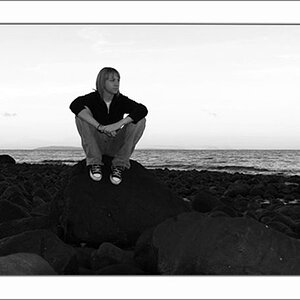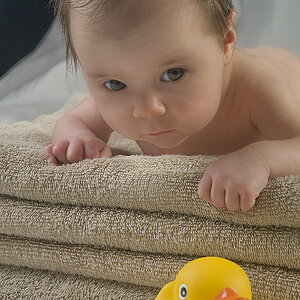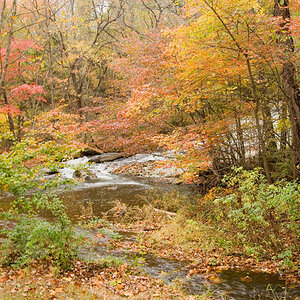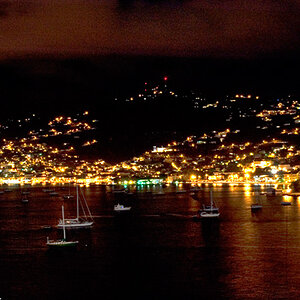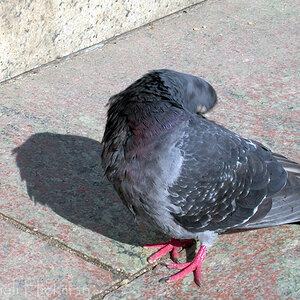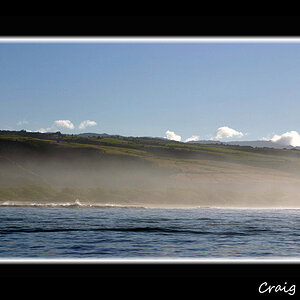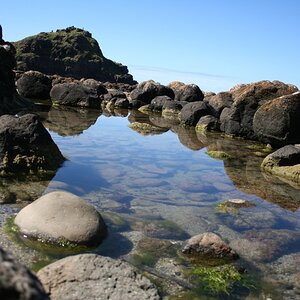MonochromeB
TPF Noob!
- Joined
- Oct 2, 2012
- Messages
- 4
- Reaction score
- 0
- Location
- Metroplex DFW
- Can others edit my Photos
- Photos NOT OK to edit
I find I'm using my nifty-fifty in close quarters settings and for the life of me I cannot figure why. My 'visual focal length' determined by right eye in VF and adjusting zoom until the VF and left eye match is right about 70-73mm. I like the 'feeling' of the 50 when I'm in a setting where conflicting angles and such make for odd compositions.



